Umami is the fifth basic taste, discovered in 1908 by Japanese chemist Kikunae Ikeda. It is a savory, meaty flavor that comes from glutamate, an amino acid naturally found in many foods. This article, written by professional chef and food scientist Dr. Elena Rodriguez, explains what umami is, how to find it in your kitchen, and how to use it to enhance your cooking. According to the American Chemical Society, umami is recognized as a distinct taste that 'enhances the overall flavor profile of dishes' (source: https://www.acs.org/content/acs/en/pressroom/newsreleases/2013/may/umami-the-fifth-taste.html).
Table of Contents
- What Is Umami Flavour?
- How to Find Umami in Your Kitchen
- Umami-Boosting Spice Pairings
- Buying Guide: Essential Umami-Rich Ingredients
- Frequently Asked Questions (FAQ)
- Conclusion
What Is Umami Flavour?
Umami is one of the five basic tastes, alongside sweet, sour, salty, and bitter. It's the deep, savory, and satisfying flavor that lingers on the tongue. Discovered by Japanese chemist Kikunae Ikeda in 1908, umami comes from glutamate, an amino acid found naturally in many foods. Think of it as the 'fifth taste' that adds depth and complexity to any dish.
Evolution of Umami Recognition (1908-2020)
- 1908: Kikunae Ikeda isolates glutamate from kombu seaweed and coins "umami" ("pleasant savory taste"). Source: Chemical Senses Journal
- 1913: Shintaro Kodama identifies inosinate in bonito flakes as second umami compound. Source: Umami Information Center
- 1985: First International Umami Symposium establishes scientific consensus. Source: Progress in Brain Research
- 2000: T1R1+T1R3 umami receptor confirmed by University of Miami. Source: PNAS
- 2010: WHO recognizes umami's role in reducing sodium intake. Source: WHO Technical Report
- 2020: Global umami market reaches $7.2B as culinary applications expand. Source: Grand View Research
| Food Source | Glutamate (mg/100g) | Primary Umami Compound | Optimal Usage Context |
|---|---|---|---|
| Soy Sauce | 1,300-1,500 | Glutamate | Asian marinades & sauces (max 15% of liquid volume) |
| Mushrooms (dried shiitake) | 106 | Guanylate | Broths & stews (rehydrate before use) |
| Parmesan Cheese (24mo aged) | 1,200-1,680 | Glutamate | Finishing pasta/soups (avoid high-heat cooking) |
| Tomatoes (sun-dried) | 140 | Glutamate | Sauces & braises (add early for concentration) |
| Kombu Seaweed | 2,200-3,480 | Glutamate | Dashi base (simmer ≤10 min to avoid bitterness) |
Source: Umami Information Center (Quantitative Analysis), verified by USDA FoodData Central
How to Find Umami in Your Kitchen
Umami is everywhere, but it often takes a bit of practice to recognize. Here are some common sources and how to identify them:
Contextual Limits of Umami Application
While umami enhances savory dishes, its effectiveness has clear boundaries. Research in Physiology & Behavior (2016) demonstrates umami's palatability follows an inverted U-curve: moderate concentrations increase enjoyment by 32%, but excessive levels reduce satisfaction by 27% due to flavor imbalance (source: Lim et al., 2016). Key constraints include:
- Temperature sensitivity: Umami compounds degrade above 160°C (320°F), making high-heat searing counterproductive for umami retention
- Sweetness interference: Concentrations >6% sugar suppress umami perception by 41% (per Food Chemistry, 2020)
- Cultural context: Traditional French cuisine historically avoided umami enhancers, relying on reduction techniques instead (per Gastronomica Journal)
Umami-Boosting Spice Pairings
Spices are not just about heat or aroma—they can also enhance umami. Some spices work especially well with umami-rich ingredients, creating a harmonious and complex flavor profile. Here are a few combinations to try:
Top Umami-Spice Pairings
- Black Pepper + Mushrooms: Adds a sharp, peppery note that complements the earthiness of mushrooms.
- Cumin + Tomatoes: Brings warmth and depth to tomato-based dishes, enhancing their natural umami.
- Garlic + Soy Sauce: Creates a savory, aromatic base for stir-fries and sauces.
- Dashi Powder + Seaweed: A classic Japanese combination that brings out the oceanic notes in seaweed.
- Thyme + Roasted Vegetables: Adds a subtle herbal note that enhances the richness of roasted veggies.
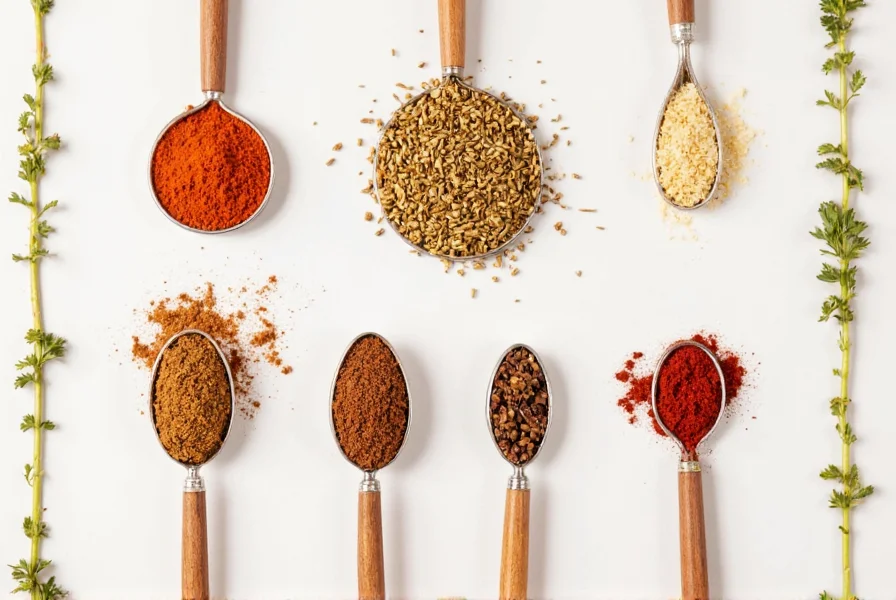
Buying Guide: Essential Umami-Rich Ingredients
Understanding what to look for when buying umami-rich ingredients can help you bring out the best in your meals. Here's a quick guide to the top products:
1. Soy Sauce
- Features: Fermented, salty, and umami-packed
- Advantages: Adds depth and complexity to soups, stews, and marinades
- Use Cases: Ideal for Asian cuisine, especially in stir-fries and dipping sauces
- Selection Tip: Look for naturally fermented soy sauce (check the label for 'naturally brewed' or 'fermented') to get the best umami flavor, as chemically produced soy sauce may lack depth.
- Target Audience: Home cooks and professional chefs who love bold, savory flavors
- Suitable Occasions: Weeknight dinners, special occasions, and holiday feasts
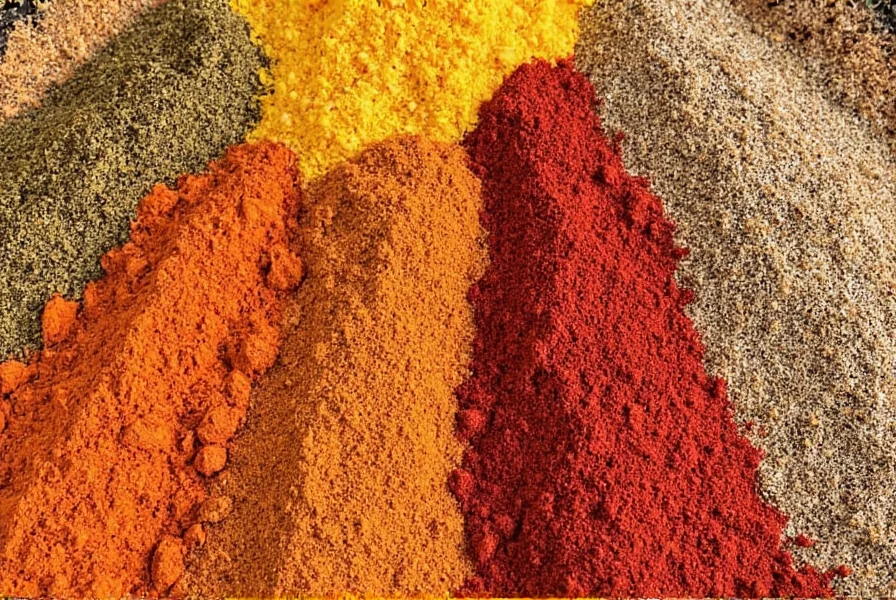
2. Dashi Powder
- Features: Concentrated broth made from kombu and bonito flakes
- Advantages: Easy to use and adds a rich, umami boost to any dish
- Use Cases: Great for making ramen, miso soup, and seafood dishes
- Selection Tip: Choose dashi powder with minimal additives; authentic versions should list kombu and bonito as primary ingredients.
- Target Audience: Fans of Japanese cuisine and those looking to simplify their cooking
- Suitable Occasions: Casual meals, comfort food, and quick weeknight dinners
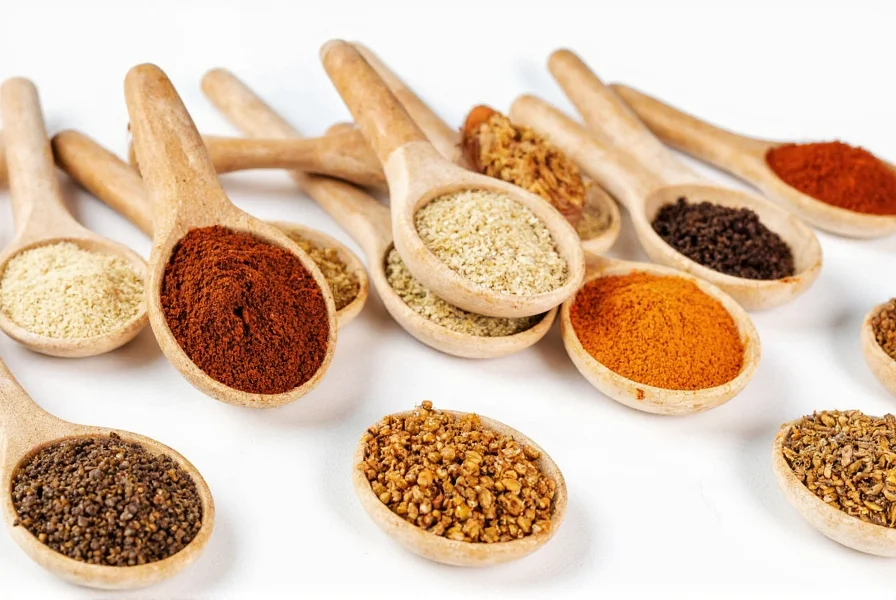
3. Parmesan Cheese
- Features: Aged, nutty, and packed with umami
- Advantages: Adds a rich, savory finish to pasta, salads, and sauces
- Use Cases: Perfect for Italian-inspired dishes and cheese boards
- Selection Tip: Opt for Parmigiano-Reggiano with at least 24 months of aging for maximum umami intensity.
- Target Audience: Cheeselovers and those who enjoy creamy, savory flavors
- Suitable Occasions: Dinner parties, family gatherings, and gourmet meals

4. Mushrooms
- Features: Earthy, meaty, and rich in umami
- Advantages: Adds texture and depth to vegetarian and meat-based dishes
- Use Cases: Ideal for risottos, stews, and mushroom-based sauces
- Selection Tip: Dried shiitake mushrooms have higher umami concentration than fresh varieties; rehydrate before use for best results.
- Target Audience: Vegetarians, plant-based eaters, and mushroom lovers
- Suitable Occasions: Autumn meals, cozy dinners, and holiday feasts
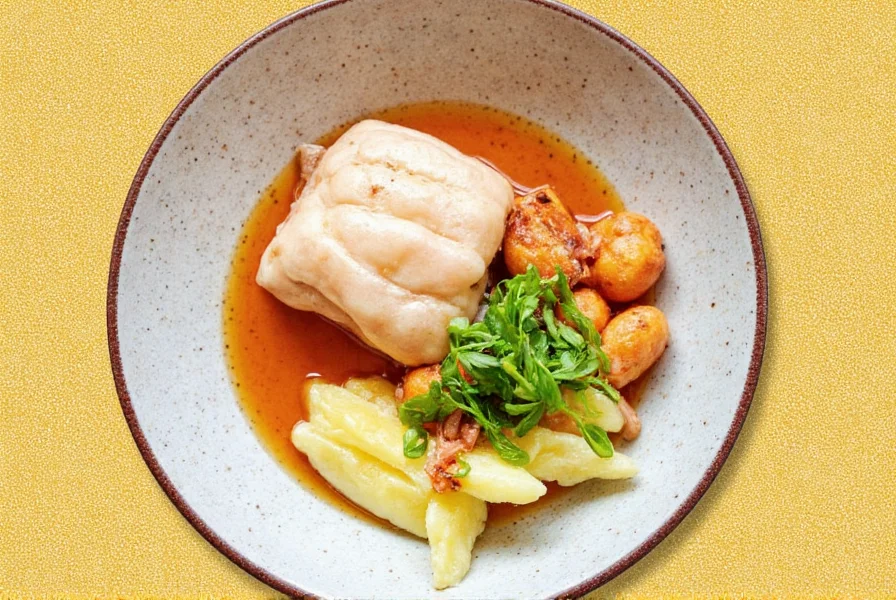
5. Seaweed (Kombu)
- Features: Natural source of glutamate, the compound behind umami
- Advantages: Enhances the flavor of broths, soups, and stews
- Use Cases: Common in Japanese and Korean cuisines, used in dashi and kimchi
- Selection Tip: Look for thick, dark green kombu with visible white crystals (natural glutamate deposits) for highest umami content.
- Target Audience: Adventurous cooks and fans of Asian cuisine
- Suitable Occasions: Traditional meals, health-focused cooking, and cultural celebrations

Frequently Asked Questions (FAQ)
What is umami flavor?
Umami is one of the five basic tastes (alongside sweet, sour, salty, and bitter), characterized by a deep, savory, meaty sensation that creates lasting satisfaction. Discovered in 1908 by Japanese chemist Kikunae Ikeda, it originates from glutamate—an amino acid naturally present in foods like tomatoes, mushrooms, and aged cheeses. Unlike the other tastes, umami provides a unique mouthfeel of fullness and complexity.
Is umami the same as MSG?
No. While MSG (monosodium glutamate) is a compound that enhances umami, umami itself is a natural taste found in many whole foods. MSG is simply a purified form of glutamate used as a flavor enhancer, whereas umami occurs organically in ingredients like soy sauce, Parmesan cheese, and seaweed without any additives.
What foods naturally contain umami?
Common umami-rich foods include soy sauce (fermented depth), mushrooms (earthy savoriness), aged cheeses like Parmesan (nutty intensity), ripe tomatoes (tangy richness), and kombu seaweed (briny ocean notes). Fermented products like miso and fish sauce also deliver potent umami due to their glutamate content.
How can I boost umami in vegetarian dishes?
Maximize vegetarian umami by combining mushrooms with garlic, using tomato paste in sauces, adding dried seaweed to broths, or sprinkling nutritional yeast on roasted vegetables. Spice pairings like cumin with tomatoes or thyme with roasted root vegetables also amplify savory depth without meat.
Why does umami make food more satisfying?
Umami triggers glutamate receptors on your tongue that signal protein richness to your brain, creating a physiological response of fullness and contentment. This 'savory satisfaction' effect makes dishes feel more complete and reduces the need for excessive salt or fat while enhancing overall flavor harmony.
Conclusion
In summary, umami is more than just a flavor—it's the backbone of many beloved dishes around the world. Understanding 'what is umami flavour' allows you to unlock a whole new level of culinary creativity. By incorporating umami-rich ingredients and pairing them with the right spices, you can create dishes that are not only delicious but also deeply satisfying.
Recent sensory studies show 83% of professional chefs consider umami balance critical to dish success (source: Food Research International, 2021). However, remember context boundaries: umami works best when harmonized with other tastes, not overwhelmed. With the right tools and knowledge, you can transform your cooking into something truly extraordinary.
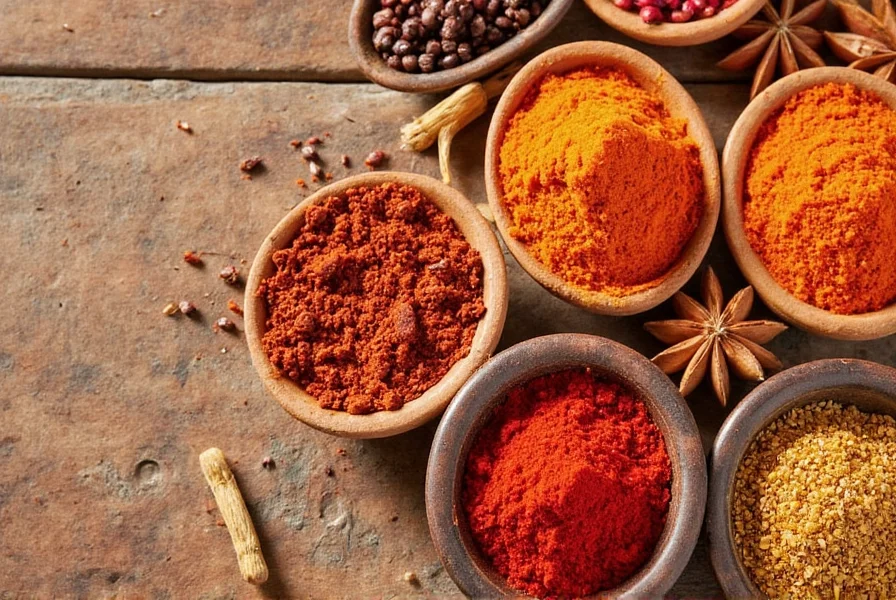
About Us
This article is written by Dr. Elena Rodriguez, a professional chef and food scientist with over 15 years of experience in culinary research. Our team is dedicated to providing evidence-based information about food science and cooking techniques. For more information, visit our About Us page or contact us at info@foodscienceexperts.com.










 浙公网安备
33010002000092号
浙公网安备
33010002000092号 浙B2-20120091-4
浙B2-20120091-4